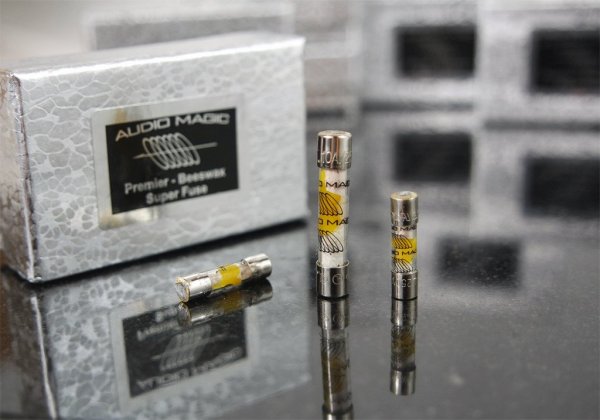Well I put a Red into the GG and burnt that in also over night. I am seriously impressed with what they have brought to my system - I would describe it as increased purity - I am getting more resolution, deeper soundstage and a layer of grain removed. I am hearing more of the acoustic in the classical venues that I have been listening to. Great stuff and highly recommended.
I should agree with you on the SR fuse. I used the black for two separated power supply of Aesthetix Eclipse linestage. However, I wasn't aware of lower tolerance on all audiophile fuses. I purchased exactly the same value stated in the manual. As a result, within few months, all SR black fuses blew. They gave me amazing results echoing what you mentioned above. According to Glenn of Aesthetix, the stock fuse has higher tolerance to surge. Thus, if we want to use audiophile fuse, we need to use higher value say 25% more.
Mark Coles also gave me the same explanation on the value of audiophile fuse. So now waiting for Padis fuses to replace SR Black and will be ordering AM Beeswax for the GG (replacing SR Black) and a pair for Atlas mono amps.


